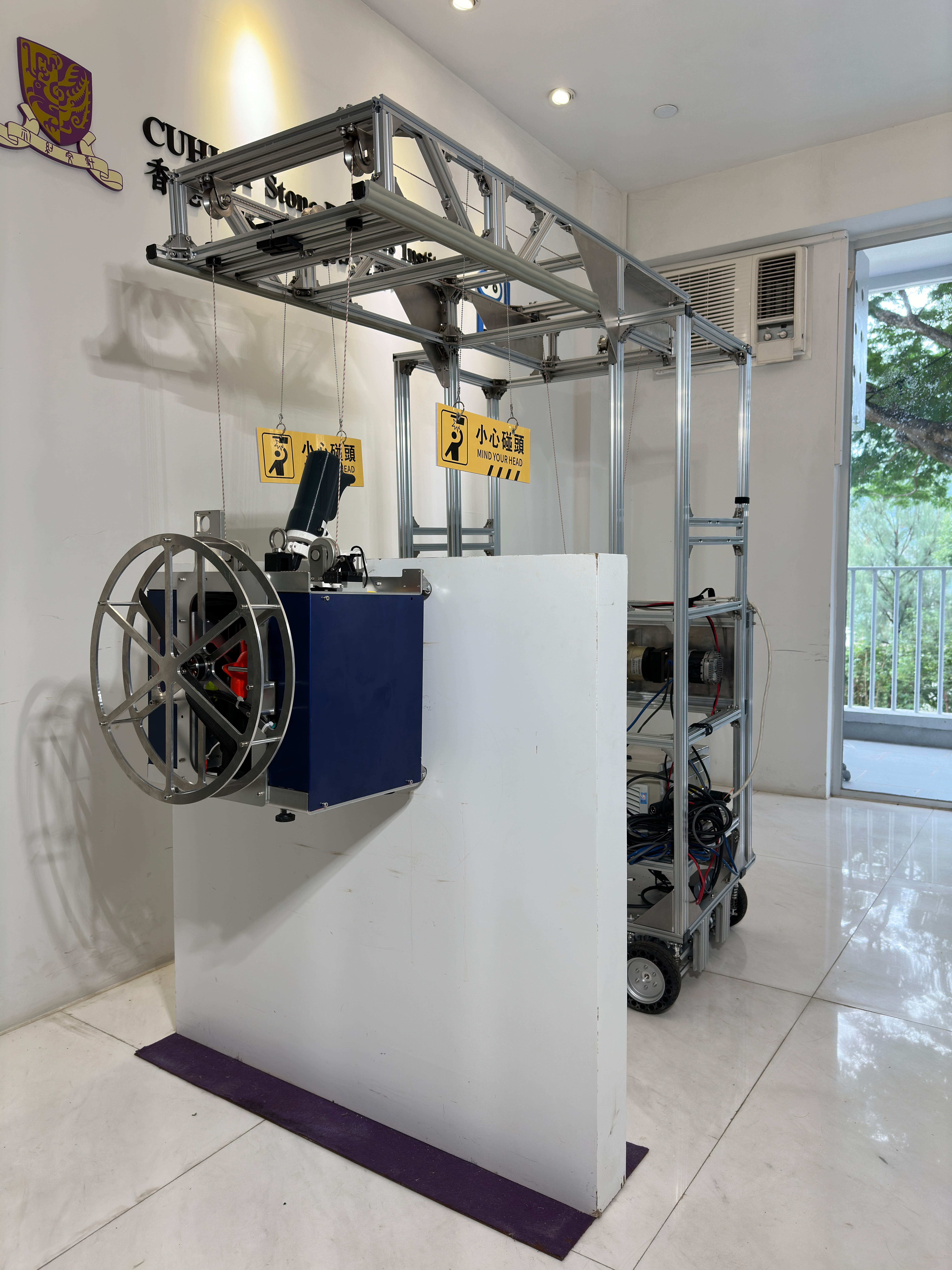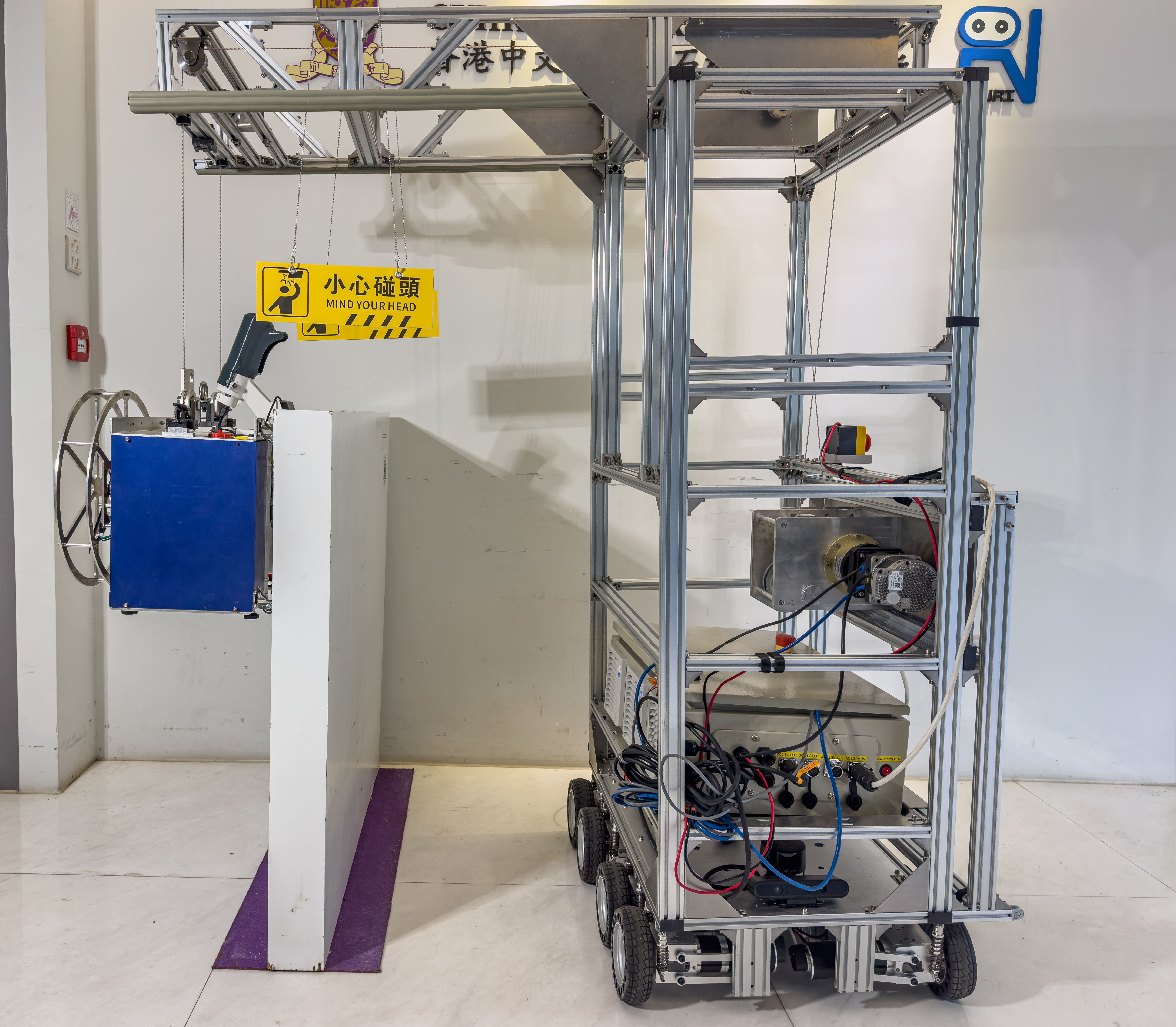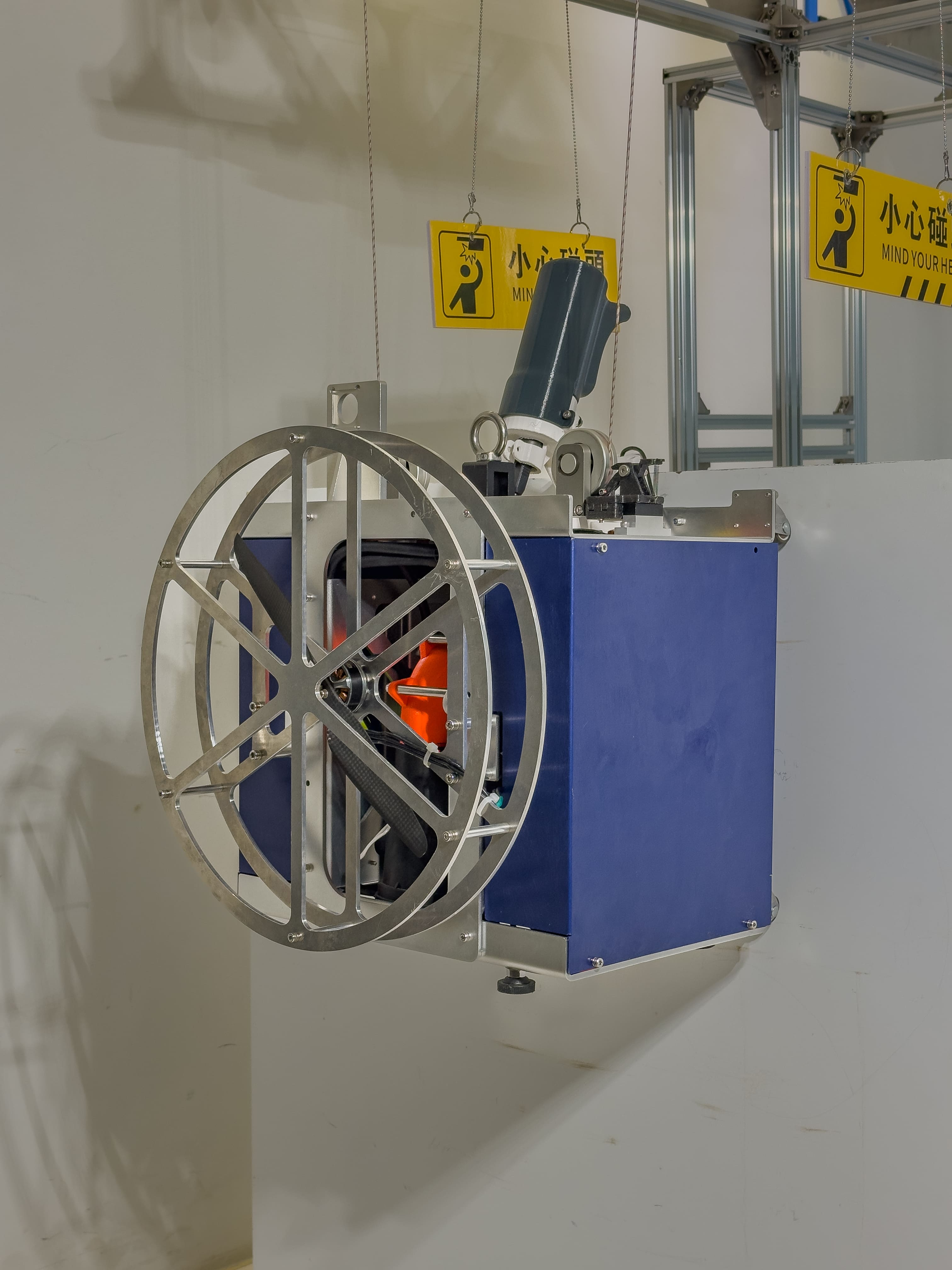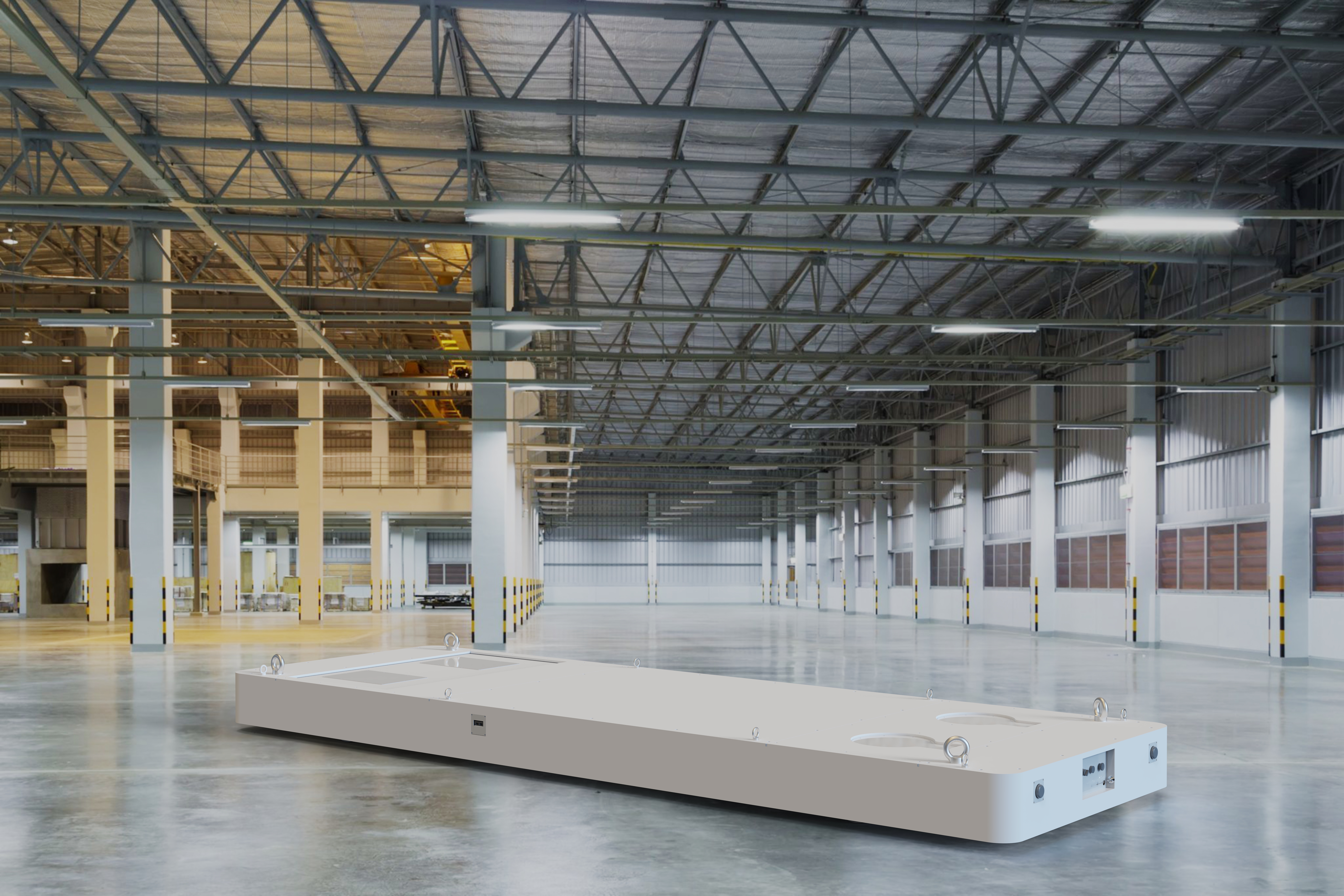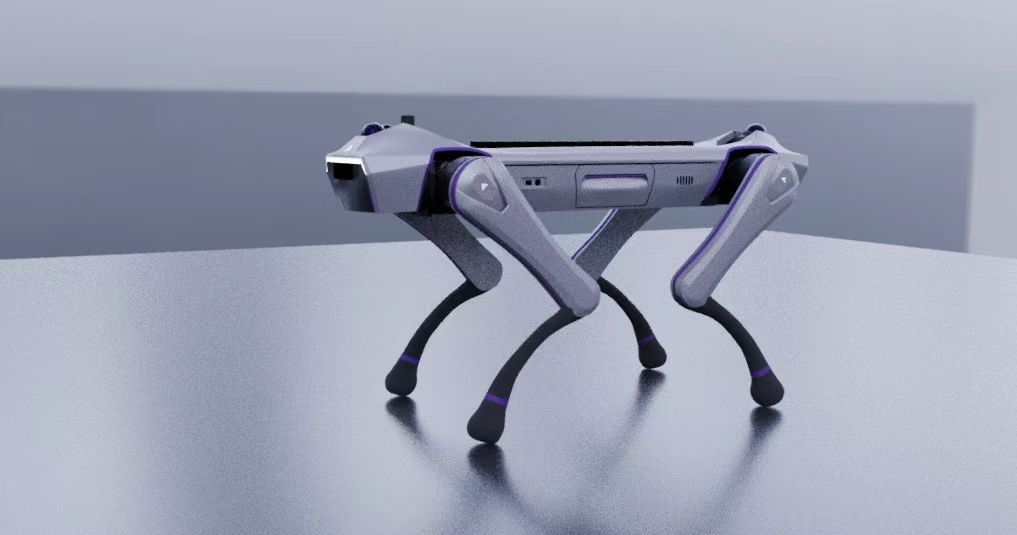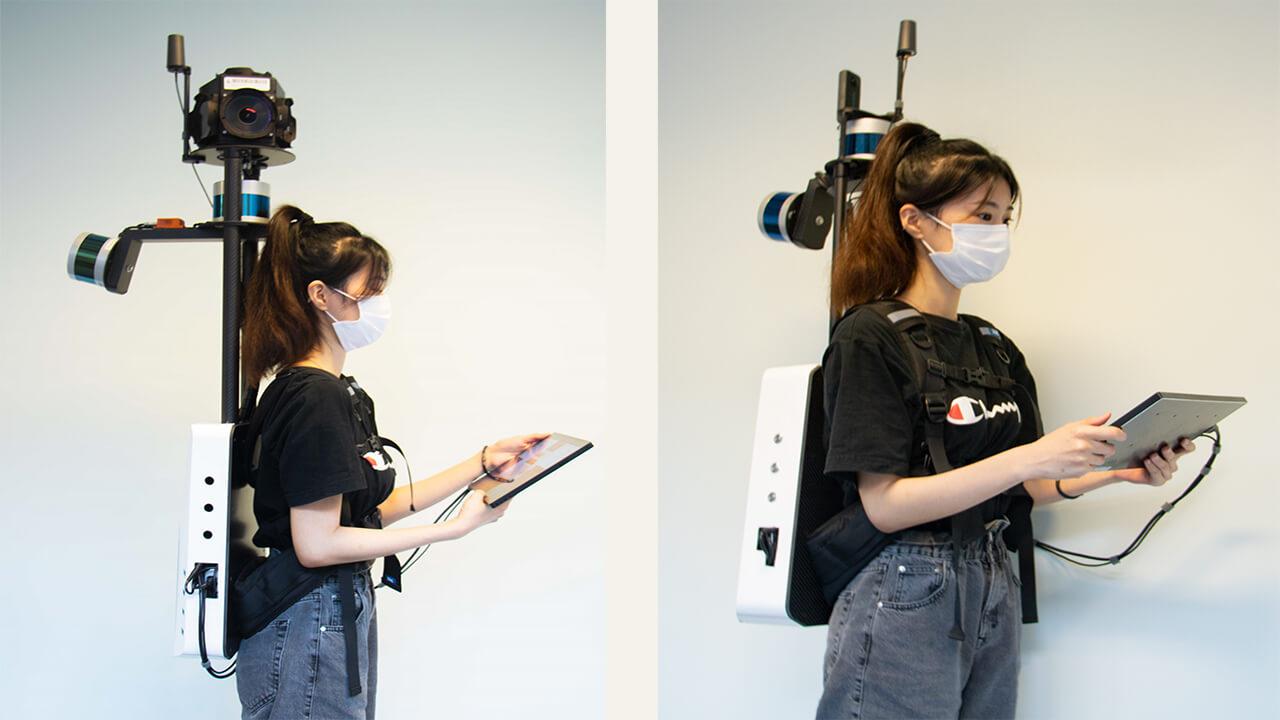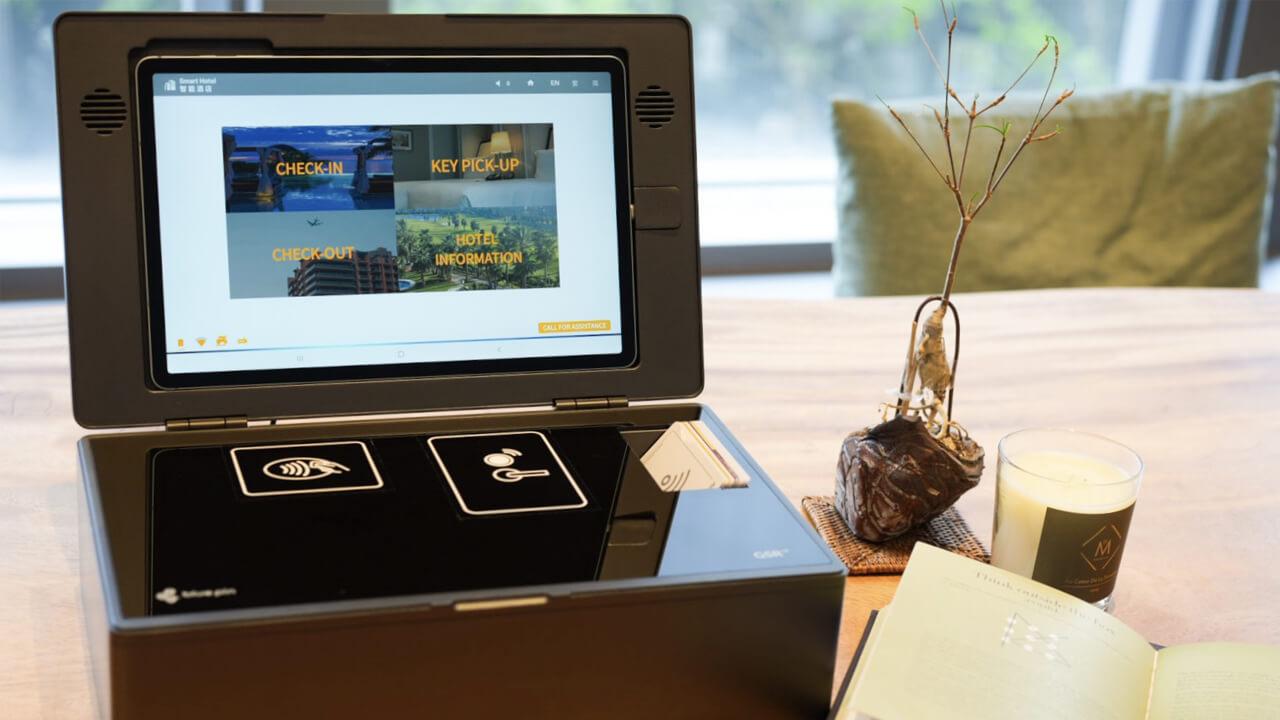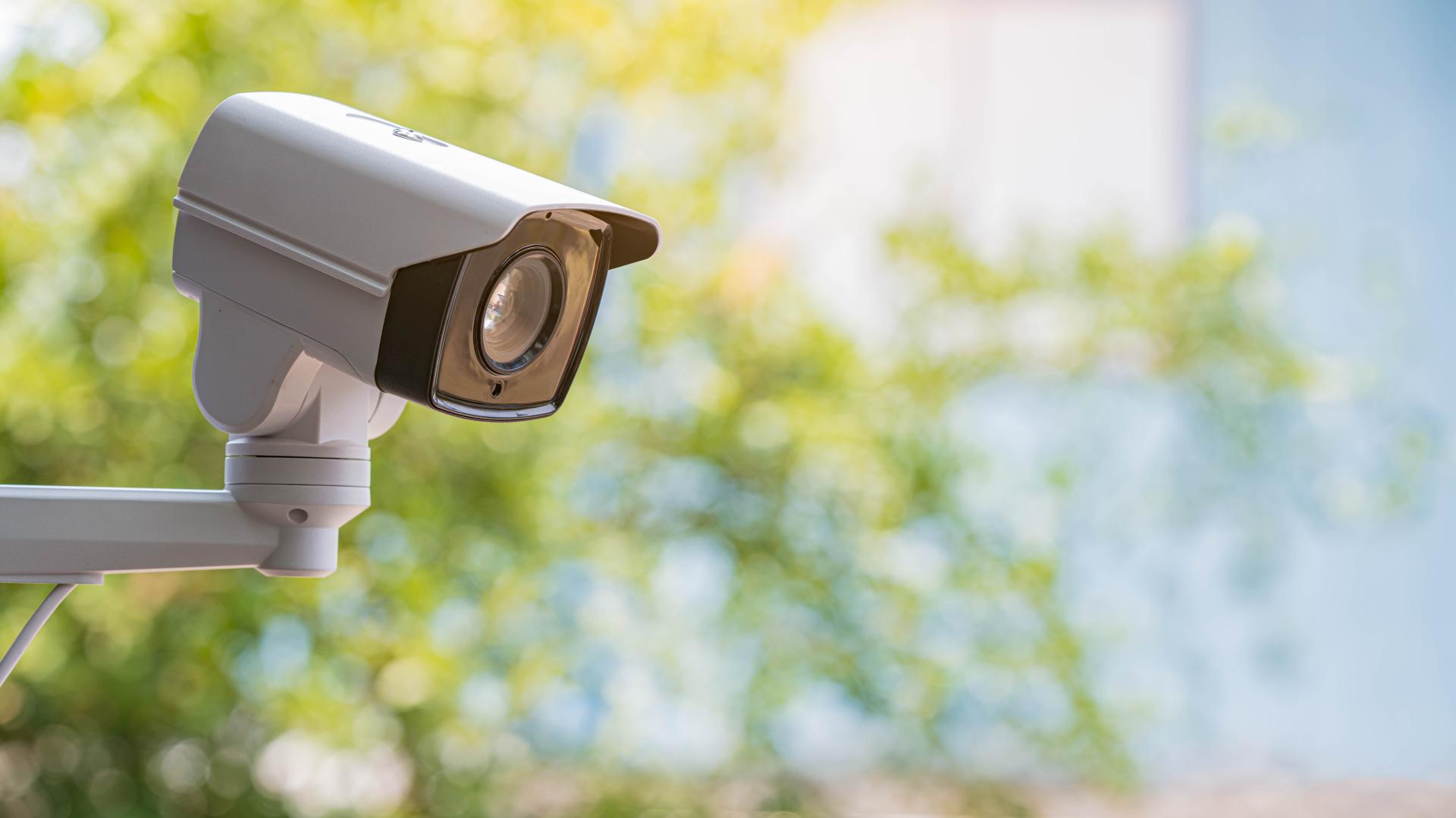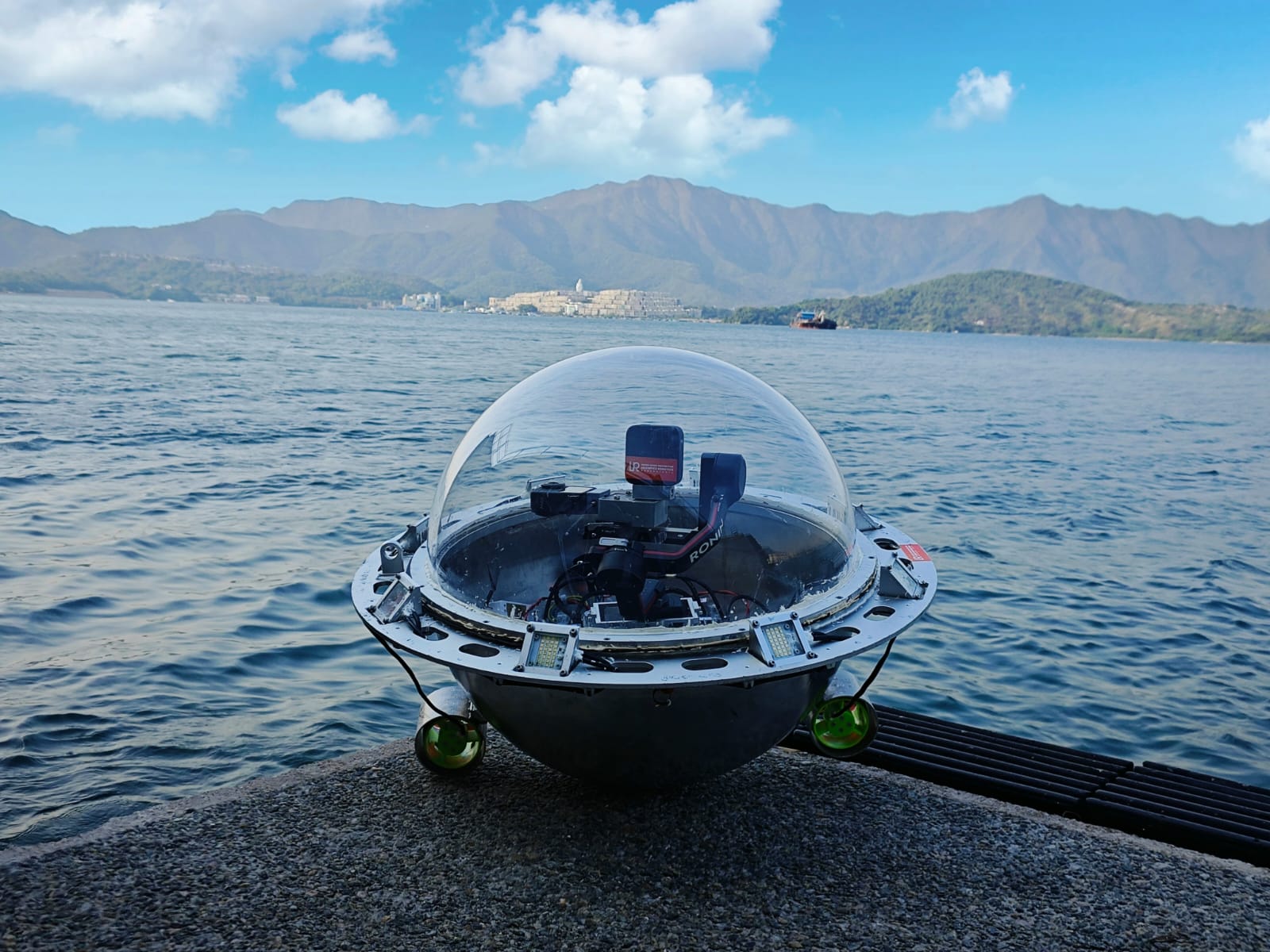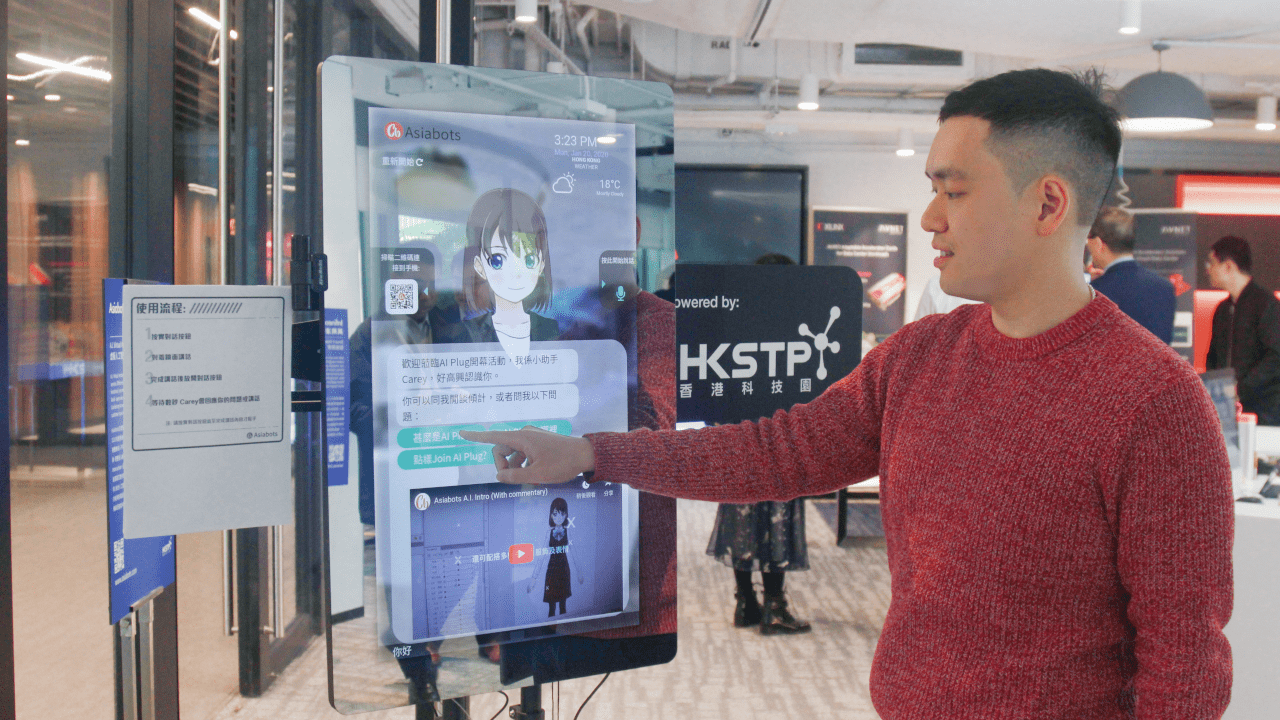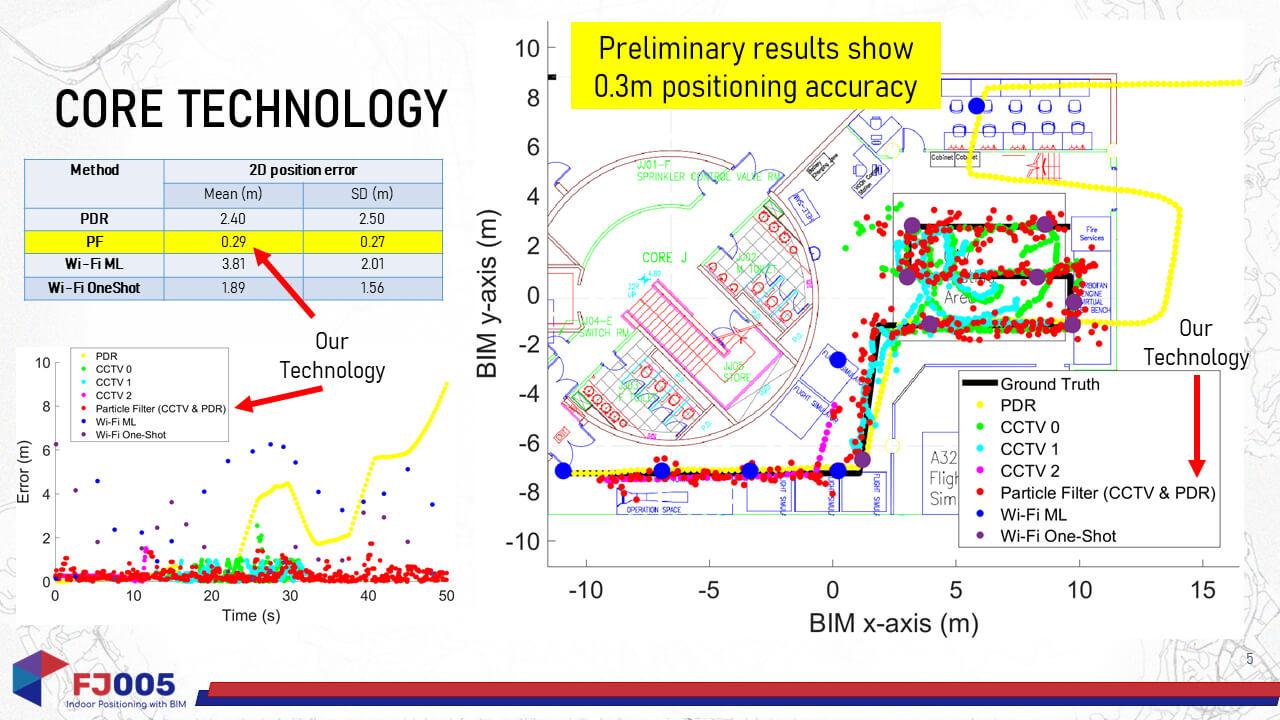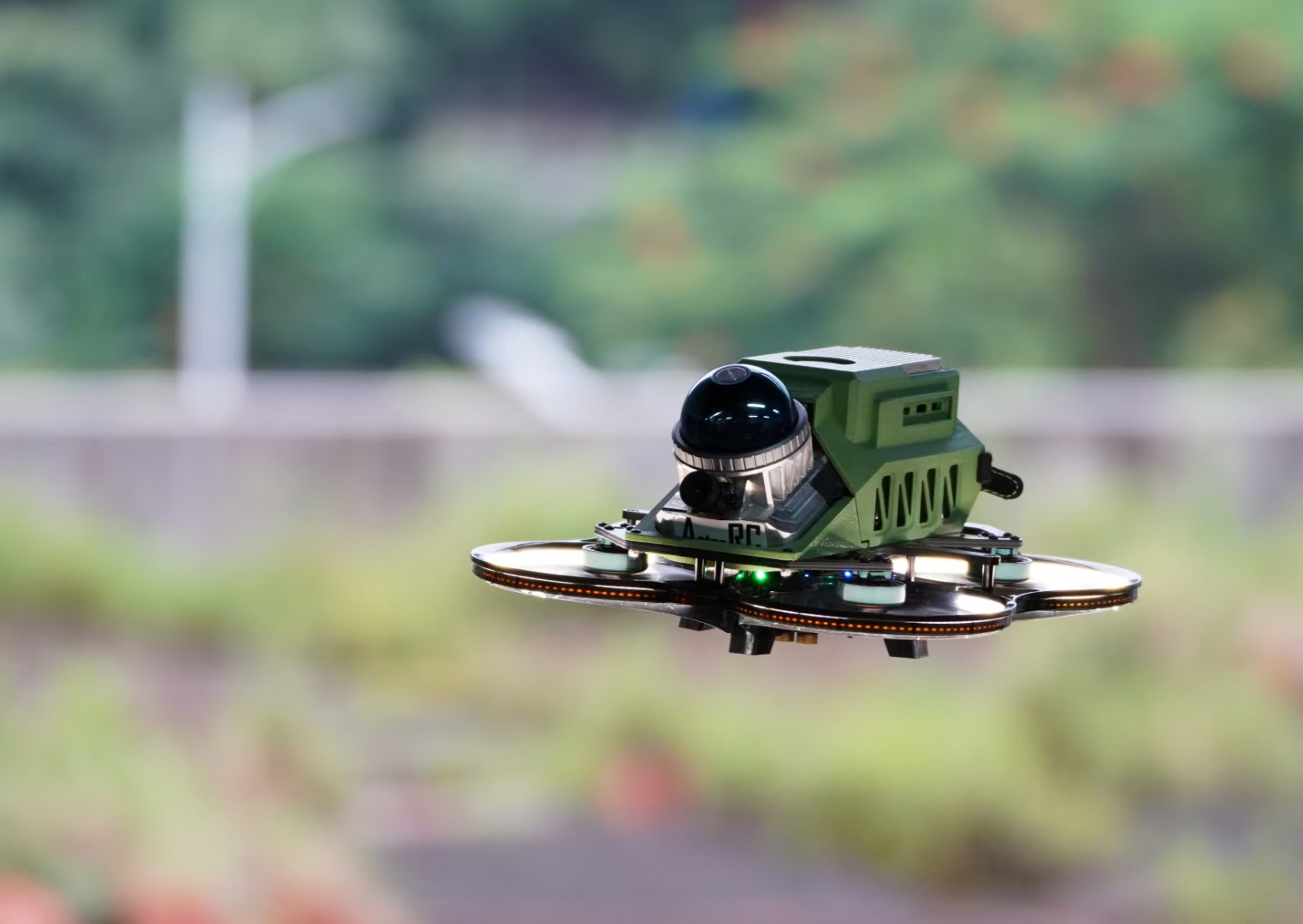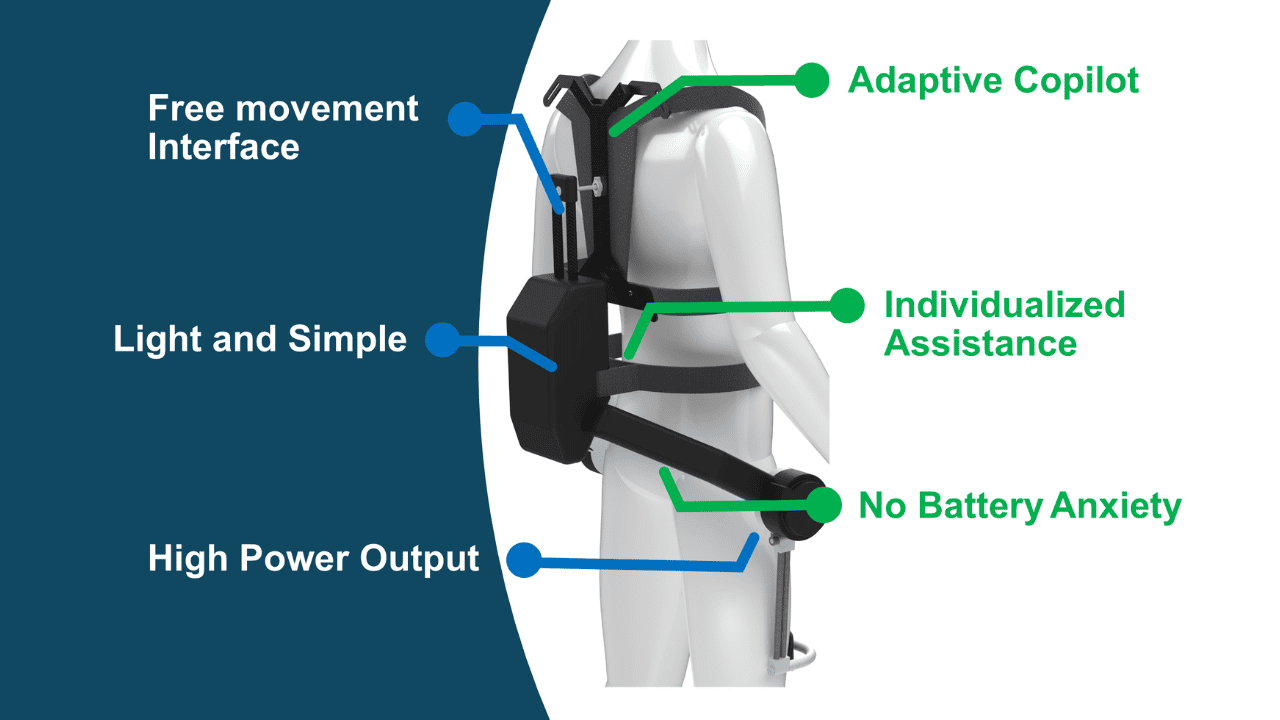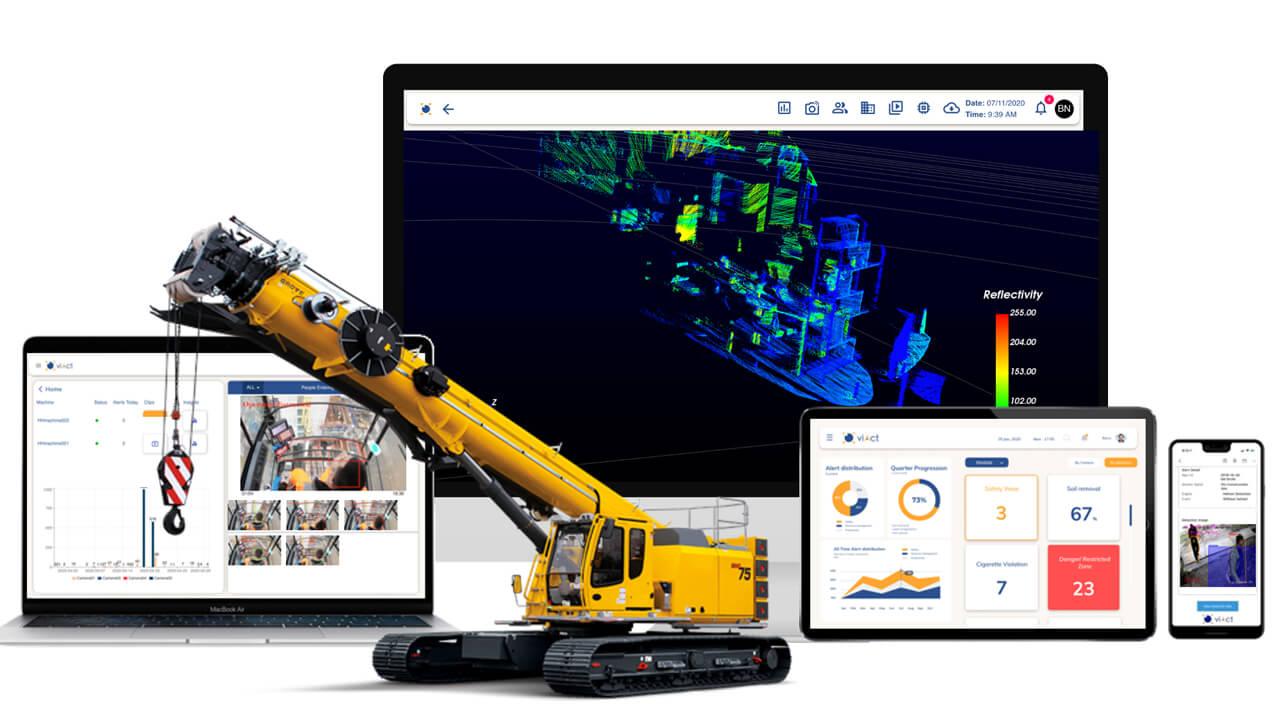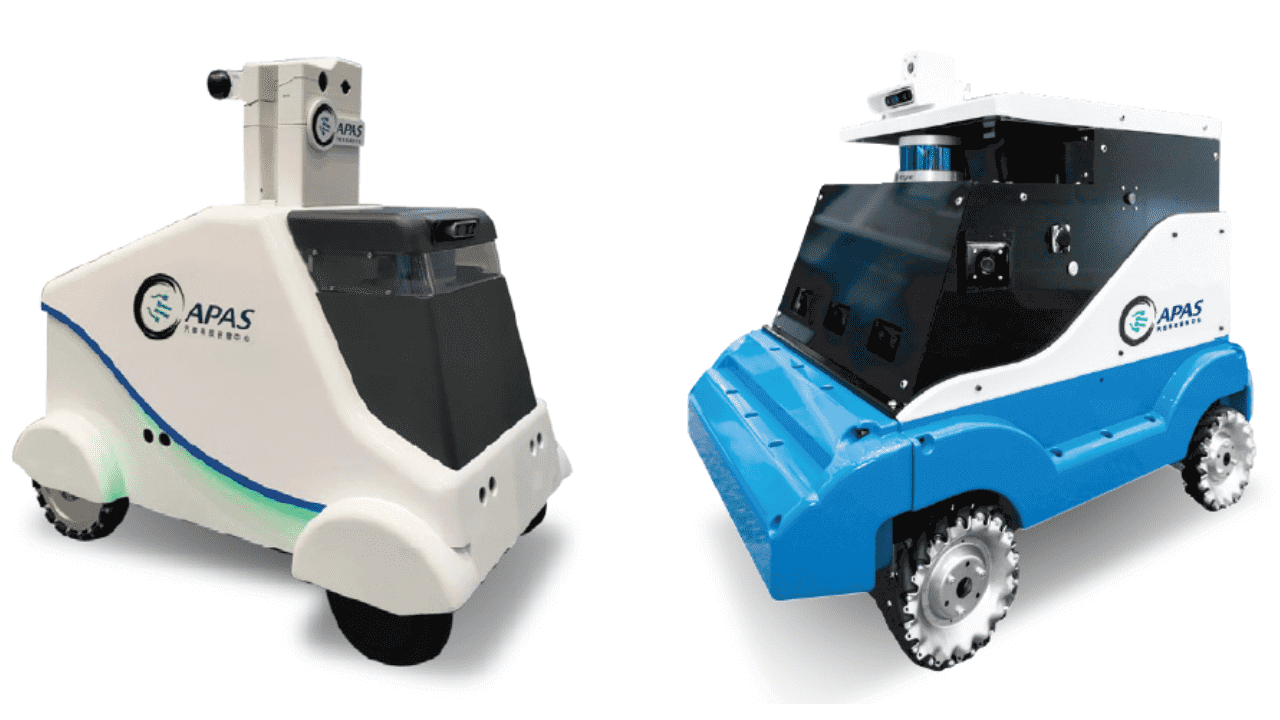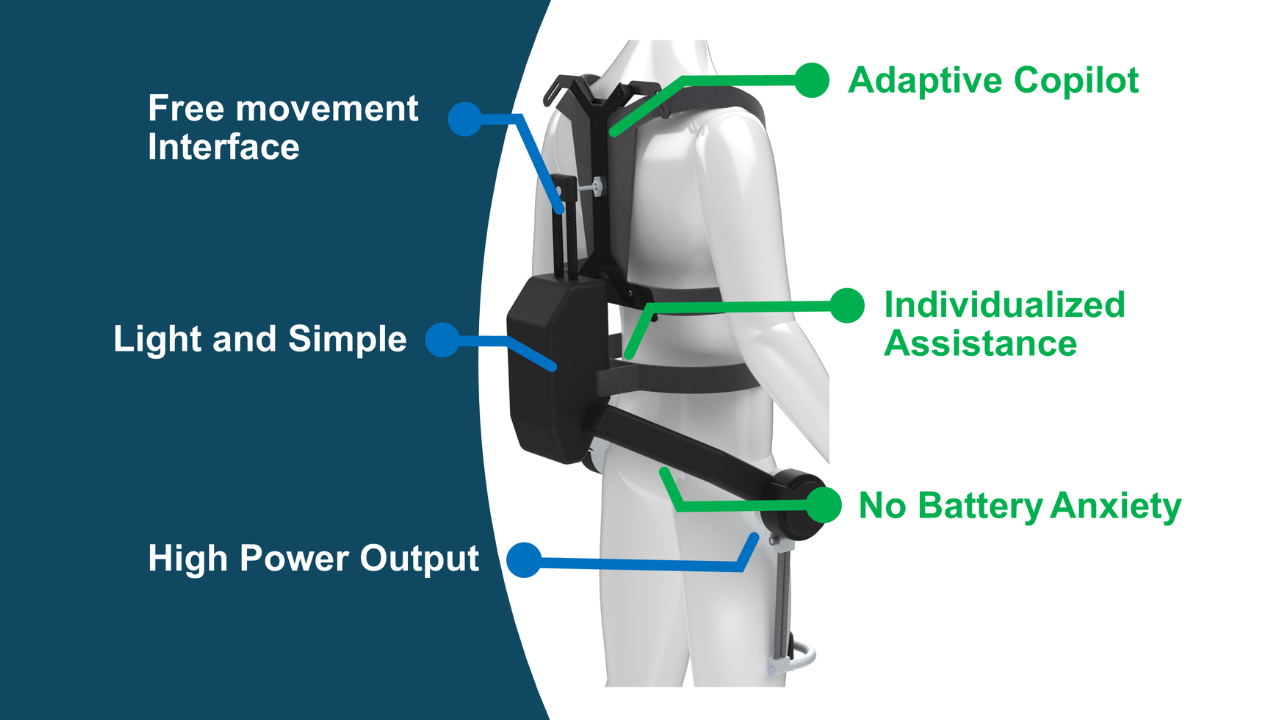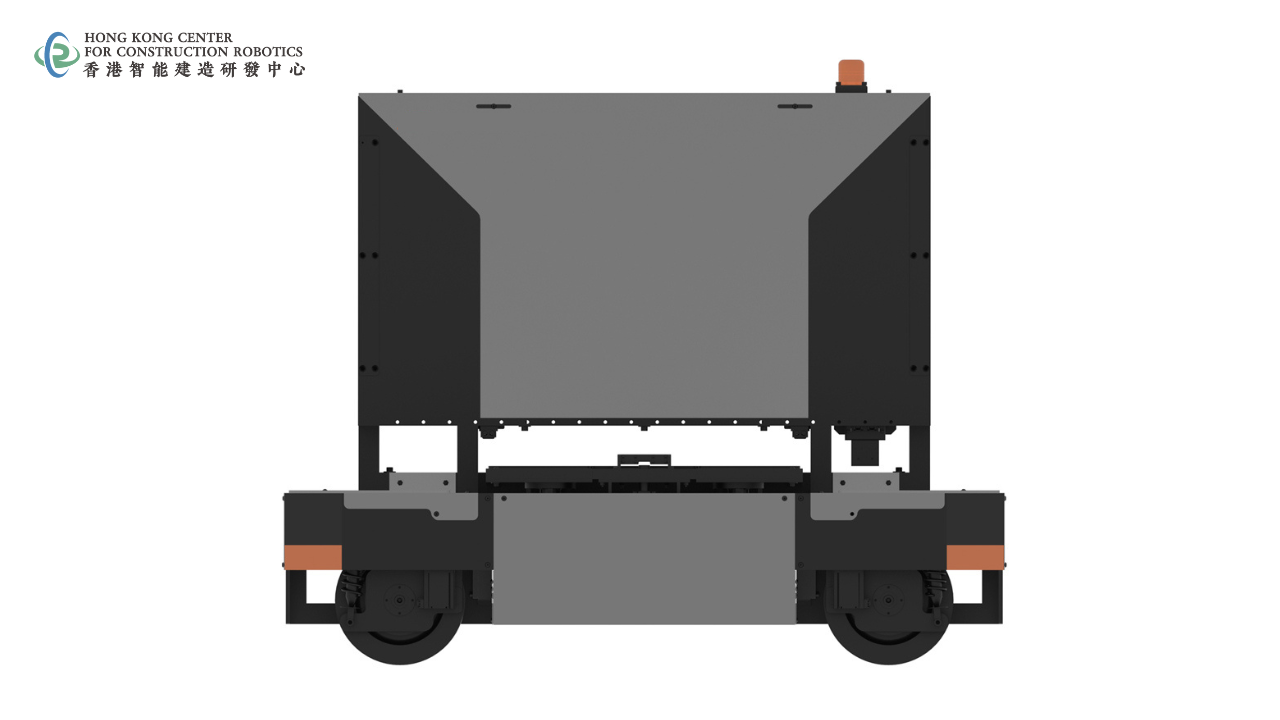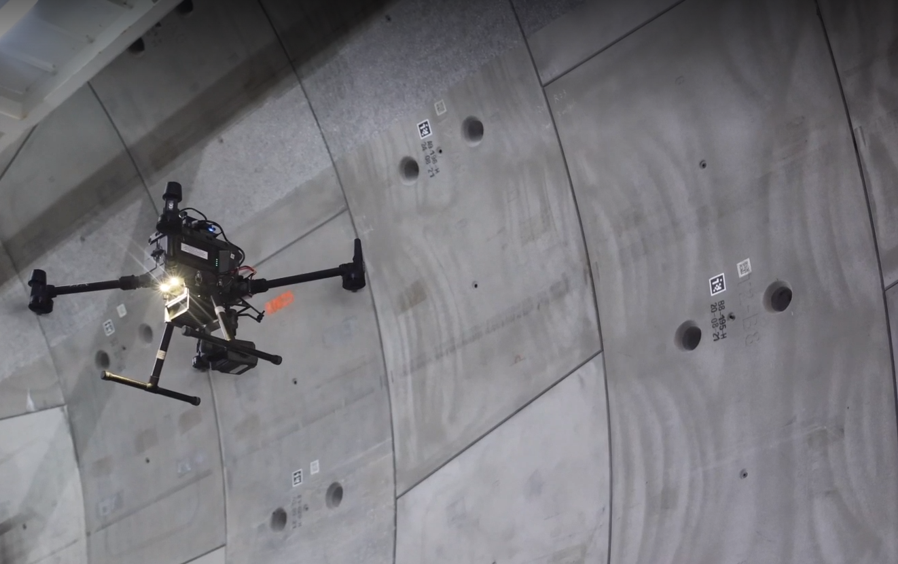
Robo-Tapper: Cable-driven Inspection Robot for High-rise Building Façade
An innovative solution to revolutionize high-rise building inspections by addressing the limitations of traditional defect investigation methods. This cable robot system eliminates the risks and costs associated with human testers suspended in mid-air or using drones for inspection. Its automated hammer testing procedure is complemented by an AI-driven algorithm, ensuring accurate defect detection. This technology has been licensed by CUHK academic-led start-up C3 Construction Robotics Limited.
Traditional high-rise building defect investigations involve risky and expensive practices with human testers suspended in mid-air. Results highly depend on tester expertise and lack detailed records. Robo-Tapper offers a safer, more cost-effective, and accurate alternative, eliminating the need for dangerous hanging or scaffolding.
- Robotic hammer tapping: Robo-Tapper features a moving base robot that operates on the rooftop with a hammer mounted on the end-effector to capture the physical tapping sound for defect analysis.
- Artificial Neural Network (ANN) model: Robo-Tapper employs an ANN model to analyze and detect defects accurately, providing reliable inspection results.
- Range of sensors and digital tracing: Robo-Tapper incorporates a wide range of sensors to provide stable operation and data recording of facade defects. Furthermore, recorded sensor data allows digital tracing for complete report generation.
- Increased worker safety: It eliminates the need for human testers to be working in mid-air, thus eliminating the associated danger. By using a robot, Robo-Tapper can access areas without requiring scaffolding or a gondola setup, reducing time and costs.
- More reliable & accurate results and records for public safety: The integration of AI algorithms enhances accuracy and eliminates human subjectivity. Additionally, Robo-Tapper enables digital tracing and recording of the inspection procedure, allowing for detailed analysis and trend identification.
- Automated to increase inspection efficiency: The hammer testing operation can be automated by following an agreed inspection plan with the client.
- 2022 CIC Construction Innovation Young Innovator Award
- Gold Medal at the 13th International Invention Fair in the Middle East (IIFME), 2023
- Silver Medal at The International Exhibition of Inventions of Geneva 2022
- Second Prize at The 8th Hong Kong University Student Innovation and Entrepreneurship Competition 2022
- Inspection of newly constructed and aged-buildings for façade defects
- Inspection of structures, such as bridges and tunnels, for surface defects
- Defect analysis and predictive maintenance of buildings and structures
Founded in 1963, The Chinese University of Hong Kong (CUHK) is a forward-looking comprehensive research university with a global vision and a mission to combine tradition with modernity, and to bring together China and the West. CUHK teachers and students hail from all around the world. Four Nobel laureates are associated with the university, and it is the only tertiary institution in Hong Kong with recipients of the Nobel Prize, Turing Award, Fields Medal and Veblen Prize sitting as faculty in residence. CUHK graduates are connected worldwide through an extensive alumni network. CUHK undertakes a wide range of research programmes in many subject areas, and strives to provide scope for all academic staff to undertake consultancy and collaborative projects with industry.

